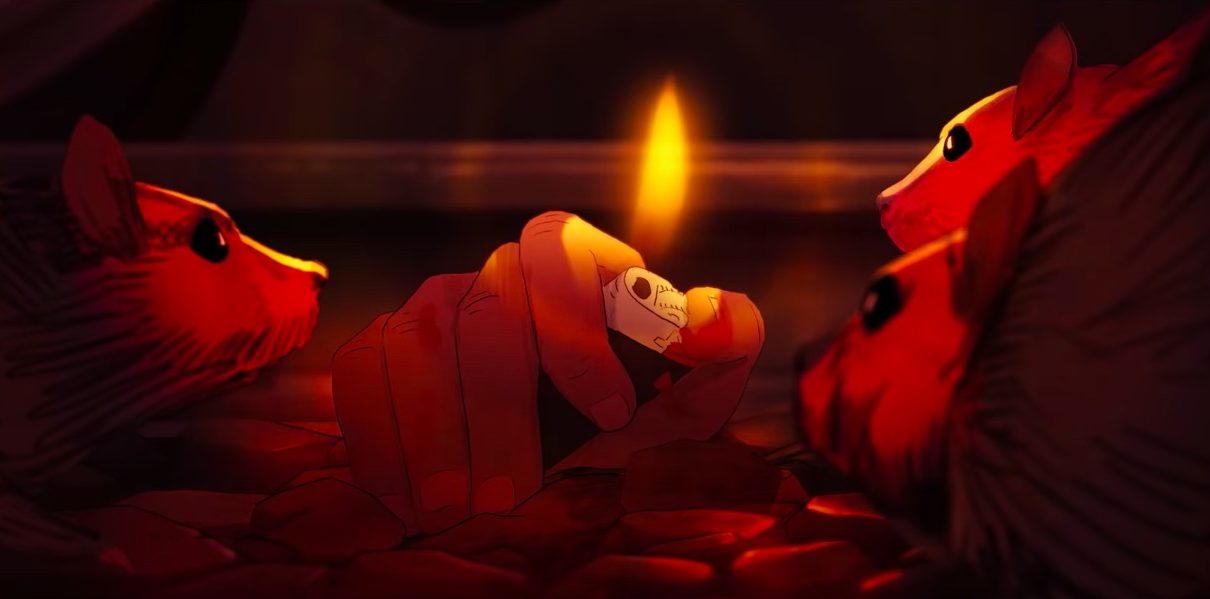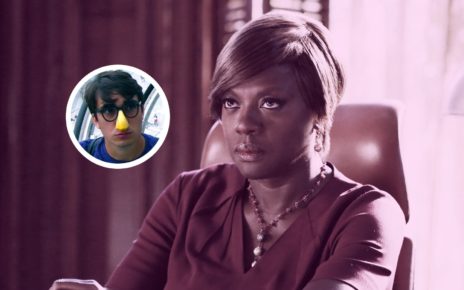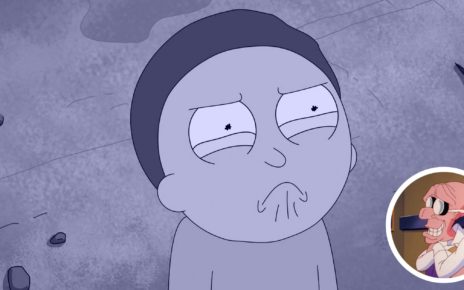At the 47th annual Annie Awards on January 25, Netflix was the big winner. For the first time in Annies history, a streaming service took home the two top prizes: Best Feature went to Klaus, the first original animated feature film to appear on Netflix; Best Indie Feature went to I Lost My Body, which was produced by French animation studio Xilam and distributed by Netflix worldwide except for France, Belgium, the Netherlands, Luxembourg, Turkey, and China.
And despite just criticism of Netflix’s negative impact on film and television, it’s hard not to give the company credit for going all in on animation. It’s also hard to feel sorry for the contenders it defeated. Frozen 2 (Disney), How to Train Your Dragon: The Hidden World (DreamWorks), and Toy Story 4 (Pixar) were all sequels to major blockbusters put out by massive media companies that have dominated American animated cinema for decades, at the very least. And Laika’s Missing Link, despite being as beautifully rendered as any other Laika feature, just simply wasn’t as top-notch as its prior efforts, like Kubo and the Two Strings and Coraline.
I Lost My Body is stunning, and while I, a Makoto Shinkai stan, would have preferred to see Weathering With You get all the awards, this was a perfectly solid choice from the Annies. And yet, looking at the five films shortlisted for Best Indie Feature, it’s clear to anyone who consistently watches animation that all of them are better, more interesting films than anything in the Best Feature category. There should be, then, a serious line of questioning here about how another these films are categorized—and why neither Klaus nor I Lost My Body were in the running for top prize.
The submission guidelines for the Best Feature and Best Indie Feature at the Annies are clear, but when we look at the results of those guidelines, what we really see are categories that would be more accurately called Best American Feature and Best Foreign Feature. There wasn’t a single foreign film in the running in the Best Feature category this year, and all the Best Indie Features were foreign films, many of which were put out by animation studios that are, to put it frankly, pretty damn big in their home countries of France, Japan, and Spain. The system, in other words, seems both nationalistic and pro-capitalism—if you’re not a major American media conglomerate, your films aren’t going to qualify for the big prize.
In case you were wondering whether this might be an anomaly in Annies history, the same pattern has played out in the nominee spreads for 2017, 2018, and 2019. More and more, this feels like an unspoken rule, rather than a categorizing fluke.
At the Oscars, this is infuriating, but unsurprising. Everyone knows the Academy doesn’t give a damn about animation. At the Annies, this is both infuriating and difficult to understand. ASIFA-Hollywood, the Los Angeles branch of the international animation professionals nonprofit (Association Internationale du Film d’Animation, in the original French), is not the Academy and should certainly be more worldly than this.
So I have a modest proposal for ASIFA-Hollywood and its signature awards. At next year’s 48th annual Annies Awards, fold your two top awards for features into one award: Best Feature, with 10 contenders, using the Best Indie Feature guidelines for submissions. And then reward the best film.
If you want to spin out even more awards to spotlight truly independent creators—Best American Indie Feature and Best Foreign Indie Feature, for example—all the better. But let’s not pretend that films like Weathering With You and I Lost My Body aren’t legitimate contenders artistically to the endless slew of sequels pumped out by Disney and its ilk every year. Let’s not keep prioritizing the big money over the big art.
The Annies should be taken seriously. They’re the U.S.’s top award in animation. And if they want to be as significant a global award as the awards from, say, Annecy, they should not be looking at foreign films as a glorified afterthought. Next year, let the true best feature win.
Thanks for reading The Dot and Line, where we talk about animation of all kinds. Don’t forget to follow us on Twitter and sign up for our newsletter.





